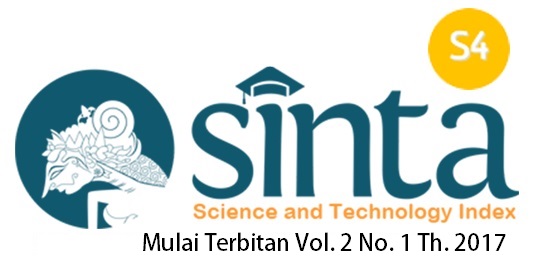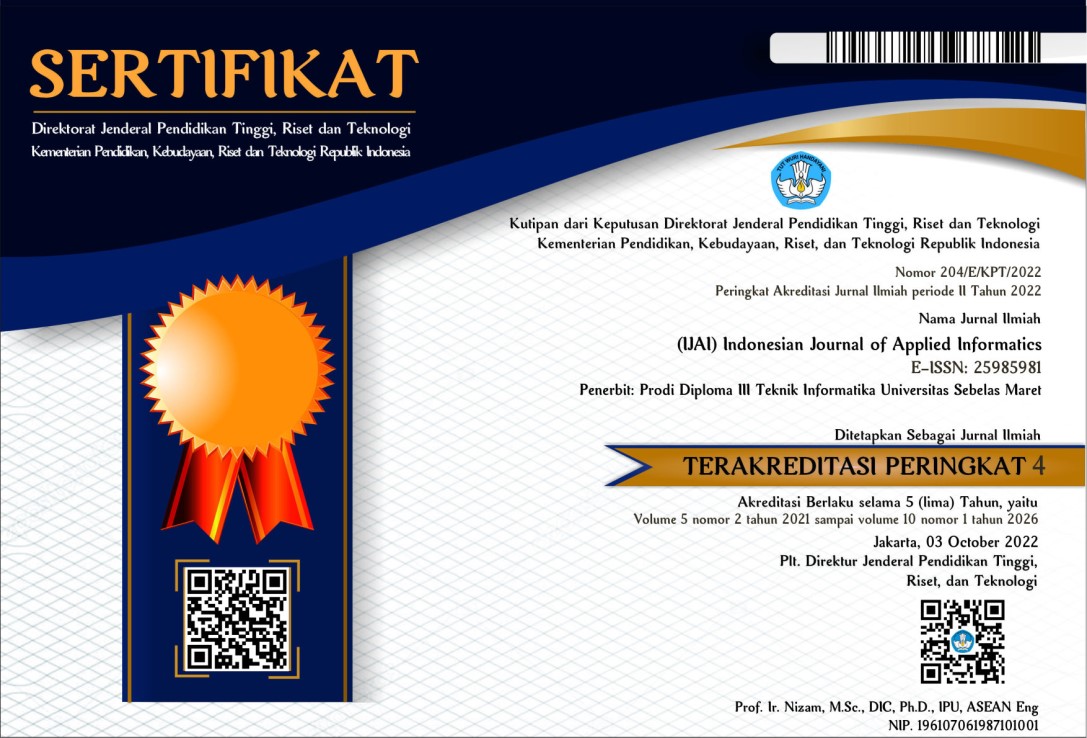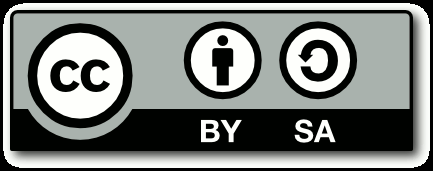Analisis UI/UX Bisnis Distro dengan Metode Design Thinking and Lean Start-Up
Abstract
Abstrak :
Distro X, merupakan salah satu vendor konveksi dan suvenir. Distro X menghadapi berbagai tantangan, salah satunya adalah kebutuhan untuk meningkatkan visibilitas usaha di dunia digital. Salah satunya adalah memiliki website untuk memperluas jangkauan pasar dan meningkatkan omzet penjualan, serta memudahkan platform pencarian. Dalam perancangan ini menggunakan kombinasi metode Design Thinking dan Lean Startup, yang dikenal efektif untuk desain UI/UX di industri kecil dan menengah. Pendekatan Design Thinking menekankan pemahaman mendalam terhadap kebutuhan pengguna dan memungkinkan terciptanya desain yang berfokus pada user experience. Sementara itu, metode Lean Startup memfasilitasi iterasi cepat melalui prototyping dan validasi berulang, sehingga menghasilkan solusi yang lebih adaptif dan relevan dengan kebutuhan spesifik industri kecil dan menengah yang memiliki sumber daya terbatas. Kombinasi kedua pendekatan ini terbukti mampu menghasilkan desain UI/UX yang tidak hanya user-friendly, tetapi juga efisien dalam hal pengembangan dan biaya. Proses perancangan ini melibatkan tujuh tahapan, yaitu emphatize, define, ideate, prototype, test, learn, dan release. Setiap tahapan dilakukan dengan tujuan mendapatkan pemahaman mengenai kebutuhan pengguna, mengembangkan ide-ide inovatif, serta menguji desain secara langsung. Hasil dari tahapan tersebut adalah sebuah desain UI/UX website yang siap untuk dikembangkan oleh developer. Desain ini diwujudkan dalam bentuk prototype simulasi website yang memudahkan visualisasi sebelum implementasi penuh. Berdasarkan hasil usability test, desain UI/UX ini dinyatakan layak dengan tingkat kelayakan sebesar 80,2%. Secara detail hasil ini merupakan rerata dari faktor Learnability 73.4%, Flexibility 76.5%, Effectiveness 82.16%, Attitude 88.6%. Persentase ini menunjukkan bahwa desain yang dihasilkan telah memenuhi standar kelayakan usability yang baik, mengingat standar rata-rata tingkat kelayakan usability yang diterima secara umum adalah sekitar 70-75%. Dengan demikian, hasil ini menunjukkan bahwa desain UI/UX DIstro X berada di atas rata-rata, sehingga layak untuk dikembangkan lebih lanjut. Hal ini juga mengindikasikan bahwa pendekatan kombinasi Design Thinking dan Lean Startup memberikan kontribusi signifikan dalam menghasilkan desain yang efektif dan memenuhi ekspektasi pengguna, khususnya di industri kecil dan menengah.
====================================================
Abstract :
Distro X is a vendor specializing in garment and souvenir production. Distro X faces various challenges, including the need to enhance its digital visibility. One of the key initiatives is to establish a website to expand market reach, boost sales, and facilitate discoverability through search engines. The design process for the website employed a combination of Design Thinking and Lean Startup methodologies, which are recognized for their effectiveness in UI/UX design within small and medium enterprises (SMEs). The Design Thinking approach emphasizes a deep understanding of user needs and allows for the creation of user-centered designs, while the Lean Startup methodology facilitates rapid iteration through prototyping and repeated validation, leading to more adaptive and relevant solutions tailored to the specific needs of SMEs with limited resources.The combination of these two approaches has proven effective in producing UI/UX designs that are not only user-friendly but also efficient in terms of development and cost. The design process involved seven stages: empathize, define, ideate, prototype, test, learn, and release. Each stage was undertaken with the aim of gaining a better understanding of user needs, developing innovative ideas, and directly testing the design. The outcome of these stages was a UI/UX design for the website, ready to be developed by the developer. This design was materialized in the form of a simulated prototype to facilitate visualization prior to full implementation. Based on the usability test results, the UI/UX design was deemed feasible with an overall usability score of 80.2%. Specifically, this result represents the average of the following factors: Learnability (73.4%), Flexibility (76.5%), Effectiveness (82.16%), and Attitude (88.6%). This percentage indicates that the produced design has met the standard for good usability, considering the general benchmark for usability acceptance ranges between 70-75%. Thus, these results show that the UI/UX design for DIstro X surpasses the average, making it suitable for further development. This also indicates that the combination of Design Thinking and Lean Startup approaches contributes significantly to generating an effective design that meets user expectations, particularly in small and medium industries.
Keywords
Full Text:
PDFReferences
[1] Irawan, D. (2020). Peningkatan Daya Saing Usaha Mikro Kecil dan Menengah Melalui Jaringan Wirausaha. Jurnal Ilmiah Manajemen E-ISSN: 2615-4978, P-ISSN: 2086-4620) Vol X1 No.2 Juli 2020. https://doi.org/10.32670/coopetition.v11i2.82
[2] Purwati, S., Mukarromah, S., Oktyajati, N., Mayasari, S., Fitroh, B. A., & Utomo, P. W. (2022). Penyuluhan Strategi Pemasaran untuk Pengembangan UMKM Konveksi. Educate: Journal of Community Service in Education, 2 (2), 58–65. https://doi.org/10.32585/educate.v2i2.2760
[3] Masruroh Syah, L., Faqihuddin Hanif, I., Novianti, E., Saidatuzzahra, P., Khoirunnisa, & Rahmawati, H. (2024). Penerapan Prinsip Design Thinking pada UI/UX Aplikasi Mobile Renas Fashion. Jurnal Informatika Polinema, 10(4), 463–470. https://doi.org/10.33795/jip.v10i4.5232
[4] Danil, L. (2021). Design Thinking for Business Model Project in Entrepreneurship Learning: Case Study of Franchise Learning. South East Asia Journal of Contemporary Business, Economics and Law
[5] Brown, T. (2008). Design thinking. Harvard Business Review., 86(6), 84–92.
[6] Ries, E. (2011). "The Lean Startup: How Today's Entrepreneurs Use Continuous Innovation to Create Radically Successful Businesses." Crown Business.
[7] Saryani, Handayani, I., & Agustina, R. (2022). Starting a Digital Business: Being a Millennial Entrepreneur Innovating. Startupreneur Business Digital (SABDA Journal), 1(2), 126–133. https://doi.org/10.33050/sabda.v1i2.113.
[8] Sreenivasan, A. and Suresh, M. (2024), "A comparative analysis of lean start-up and design thinking and its integration", Asia Pacific Journal of Innovation and Entrepreneurship, Vol. 18 No. 2, pp. 172-194. https://doi.org/10.1108/APJIE-09-2023-0181
[9] T. Marion, D. Cannon, T. Reid, dan A. McGowan (2021), “A Conceptual Model for Integrating Design Thinking and Lean Startup Methods into the Innovation Process”
[10] Ulrich Lichtenthaler (2020), “Agile Innovation: The Complementarity of Design Thinking and Lean Startup”
[11] David C. Roach (2024), “The Innovation Approach: Overcoming the Limitations of Design Thinking and the Lean Startup”
[12] Y. Yudhanto (2024), Information Technology Business Start-up 2.0, Elex Media Komputindo
[13] Widodo, Aswal Chusnan, and Elyza Gustri Wahyuni (2021). Penerapan Metode Pendekatan Design Thinking dalam Rancangan Ide Bisnis Kalografi. Automata 2.2
[14] Terry Felke-Morris (2018), Web Development and Design Foundations with HTML5, Pearson.
[15] Rex Hartson dan Pardha Pyla (2018), The UX Book: Agile UX Design for a Quality User Experience, Morgan Kaufmann
[16] Jason Beaird dan James George (2020)."The Principles of Beautiful Web Design", SitePoint.
[17] W. Craig Tomlin (2018), "UX Optimization: Combining Behavioral UX and Usability Testing Data to Optimize Websites", Apress
[18] Steve Krug (2009), "Rocket Surgery Made Easy: The Do-It-Yourself Guide to Finding and Fixing Usability Problems", New Riders Press
Refbacks
- There are currently no refbacks.






